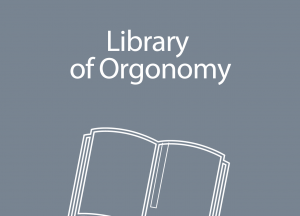Heraclitus (end of 6th beginning of 5th century B.C.), the “Obscure” philosopher from Ephessos, considered “Logos” (word, reason, account; or in Latin, ratio) as the eternal, common relation that regulates reality. According to Heraclitus, all beings (living and non-living) forming an undivided unity, a continuum, contain and are permeated by the regulating principle of Logos. The constant motion, the continuous and universal flow and change, constitutes the fundamental characteristic of this reality (panta rhei = everything flows). At the same time, however, Heraclitus stressed the unity of everything (en panta = all is one), which are connected and held together by the function of the eternal Logos. The continuous change is unswervingly connected with constant parameters which ensure the interweaving of “difference” and multiplicity with the “identity” and unity of phenomena and direct the synthesis of opposites with the unifying action of Logos.
According to this concept, opposites are in essence alternative and complementary entities connected through the action of Logos to a cohesive and harmonic relationship. Heraclitus’s teaching is known as “the unity of opposites” and the student of orgonomy easily recognizes in it Reich’s research on the “functional identity and antithesis of the Autonomic Nervous System”, as well as fundamental principles of orgonomic functionalism, as expressed in orgonometric equations of the type:

Specifically for the Autonomic Nervous System, the following equation is true:

In the above orgonometric equation, we see a striking resemblance if we substitute the Common Functioning Principle of the antithetical but complementary and interchangeable functions of the Sympathetic and Parasympathetic Nervous Systems with Heraclitus’s Logos, which unifies them in the undivided and unifying harmonious function of the Autonomic Nervous System. According to our opinion Heraclitus was the first European thinker to grasp with both reason and insight a basic principle of orgonomic functionalism, i.e. the functional identity and antithesis or difference of natural processes.
In his honor, we named the Laboratories of Microscopic Observation and Biophysical Research after him.





